Culinary exploration offers a window into the diverse cultures and traditions around the world. Two prominent cuisines, Chinese and American, stand as testaments to the rich tapestry of flavors, ingredients, cooking techniques, and cultural significance. We will embark on a journey to compare and contrast these two culinary worlds, shedding light on their unique characteristics and the cultural contexts that shape them.
Flavors and Ingredients:
Chinese cuisine is renowned for its bold and diverse flavors, often characterized by the harmonious balance of sweet, sour, salty, bitter, and umami tastes. Key ingredients such as soy sauce, ginger, garlic, and various spices like star anise, Sichuan peppercorns, and chili peppers play pivotal roles in creating complex flavor profiles. Additionally, staple ingredients like rice, noodles, tofu, and a plethora of fresh vegetables contribute to the nutritional richness and diversity of Chinese dishes.
On the other hand, American cuisine boasts a wide range of flavors influenced by its diverse immigrant population and regional variations. From the hearty and savory barbecue of the Southern states to the tangy and spicy flavors of Cajun cuisine, American food reflects a melting pot of culinary traditions. Common ingredients such as beef, pork, poultry, potatoes, corn, tomatoes, and a variety of herbs and spices are utilized in diverse ways to create distinct dishes that cater to different tastes and preferences.
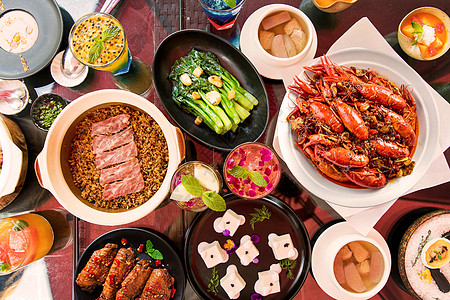
Cooking Techniques:
Chinese cooking techniques are deeply rooted in tradition and precision. Stir-frying, steaming, braising, and deep-frying are among the most commonly used methods, each designed to highlight the natural flavors and textures of ingredients while preserving their nutritional value. Wok cooking, in particular, is a hallmark of Chinese cuisine, allowing for quick and efficient heat distribution and the creation of dishes with complex layers of flavor and aroma.
In contrast, American cooking techniques are more varied and often influenced by Western culinary traditions. Grilling, roasting, baking, and frying are prevalent methods used to prepare a wide array of dishes, from juicy steaks and roasted vegetables to crispy fried chicken and decadent desserts. These techniques emphasize the use of different cooking temperatures and methods to achieve desired textures and flavors, resulting in a diverse range of culinary delights.
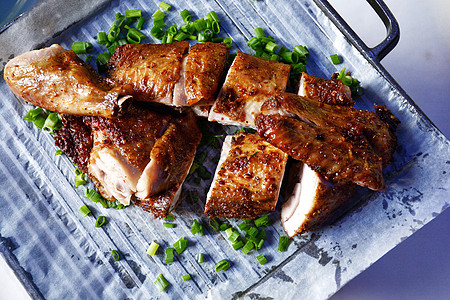
Cultural Significance:
Food holds profound cultural significance in both Chinese and American societies, serving as a vehicle for communal gatherings, celebrations, and expressions of identity. In China, meals are often viewed as a social event that brings families and friends together, with shared dishes symbolizing harmony and unity. The concept of “food therapy” is also deeply ingrained in Chinese culture, with certain ingredients and dishes believed to have medicinal properties that promote health and well-being.
Similarly, food plays a central role in American culture, reflecting the country’s history, values, and diverse cultural influences. Whether it’s the Thanksgiving feast, backyard barbecue, or Fourth of July cookout, food rituals are integral to American traditions and celebrations. Moreover, the rise of fast food culture and culinary innovation has cemented food as a cornerstone of American identity, with iconic dishes like hamburgers, hot dogs, and apple pie embodying the spirit of the nation.
In conclusion, the culinary comparison between Chinese and American cuisines reveals a fascinating interplay of flavors, ingredients, cooking techniques, and cultural significance. While both cuisines offer distinct culinary experiences shaped by their unique histories and traditions, they also share common themes of diversity, innovation, and the celebration of food as a cultural phenomenon. Through the lens of food, we gain a deeper appreciation for the richness and complexity of human culture and the ways in which it manifests in the culinary arts.

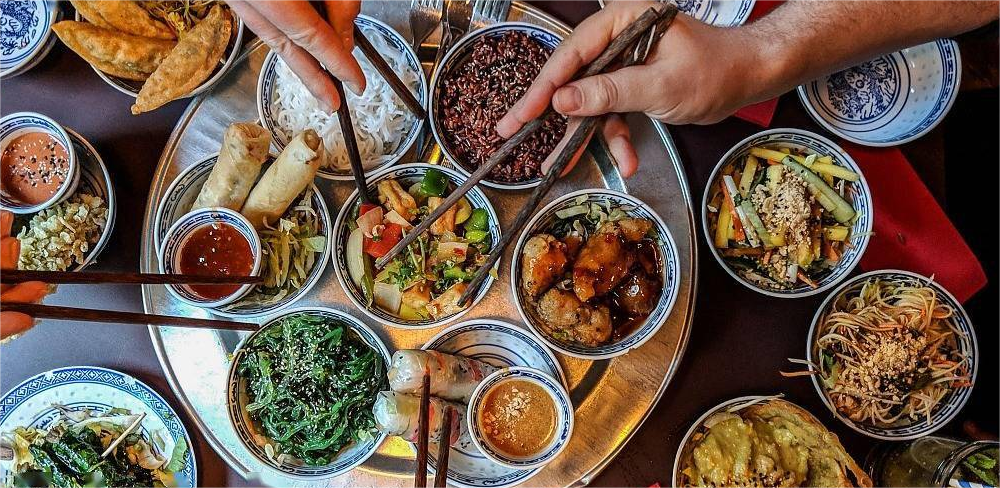







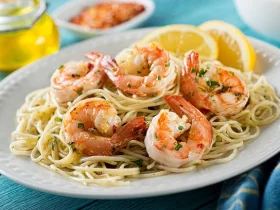

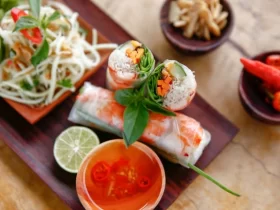
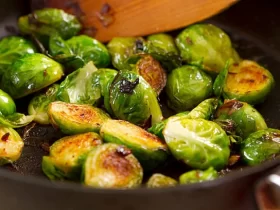

Leave a Reply